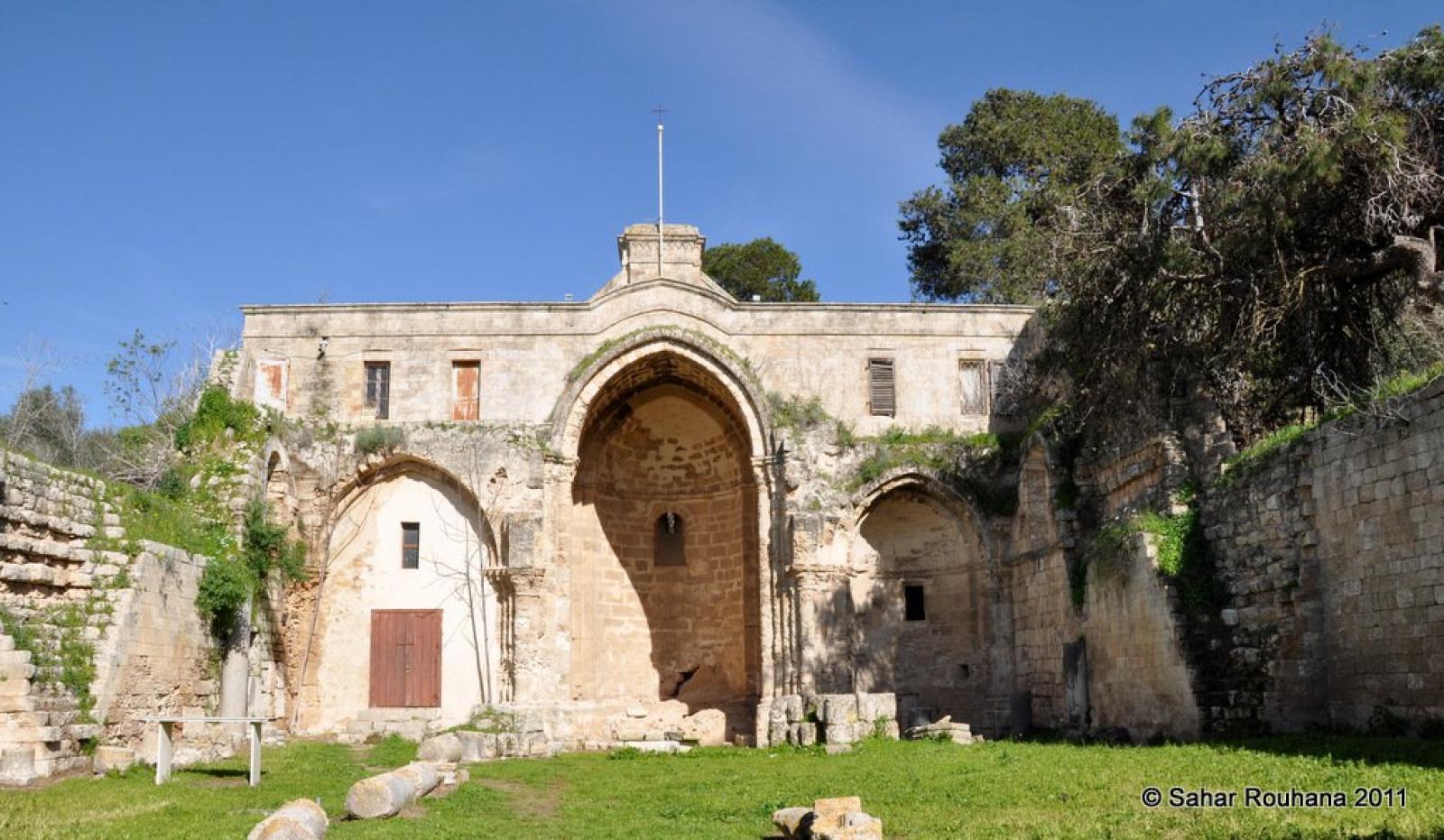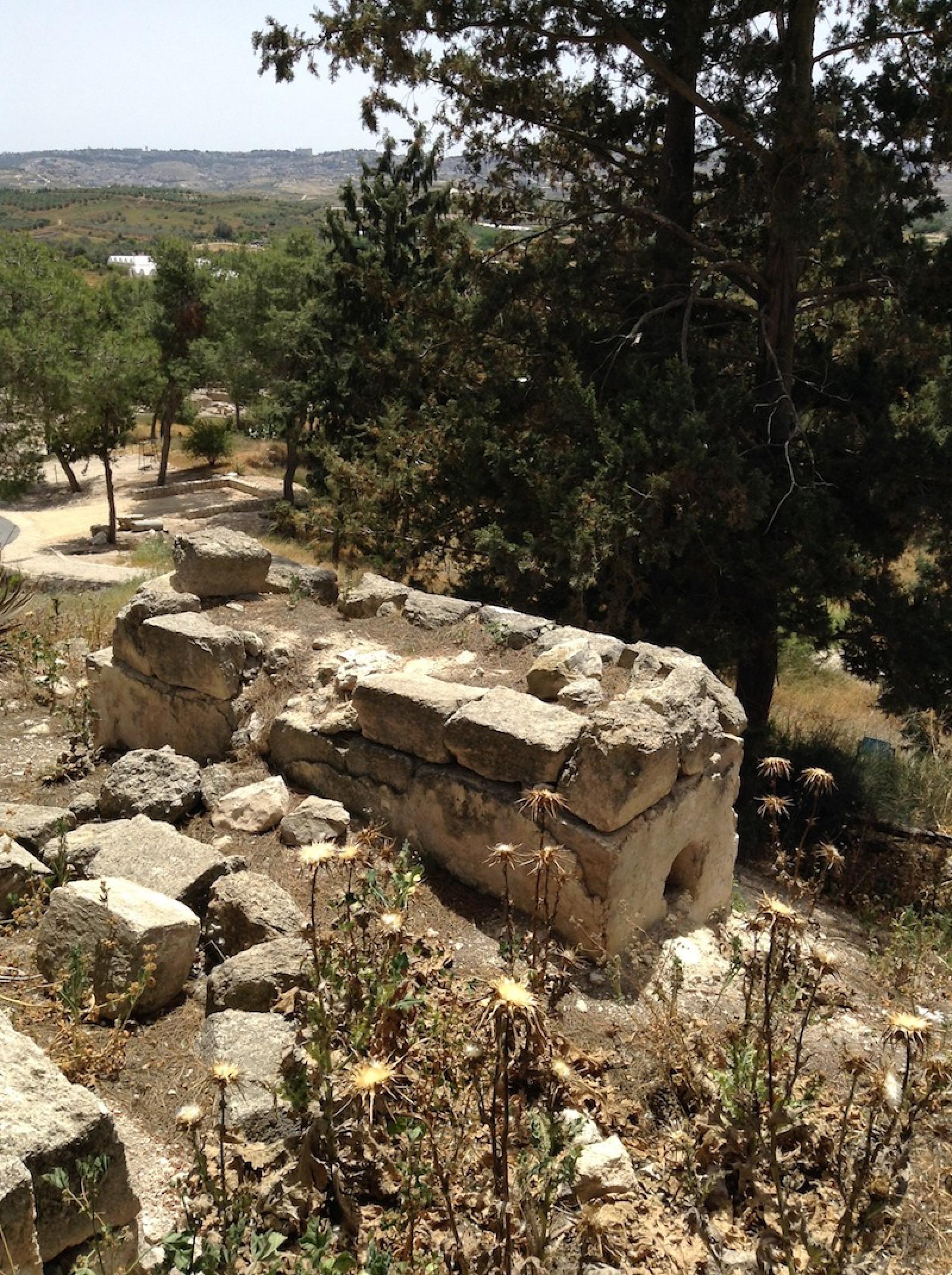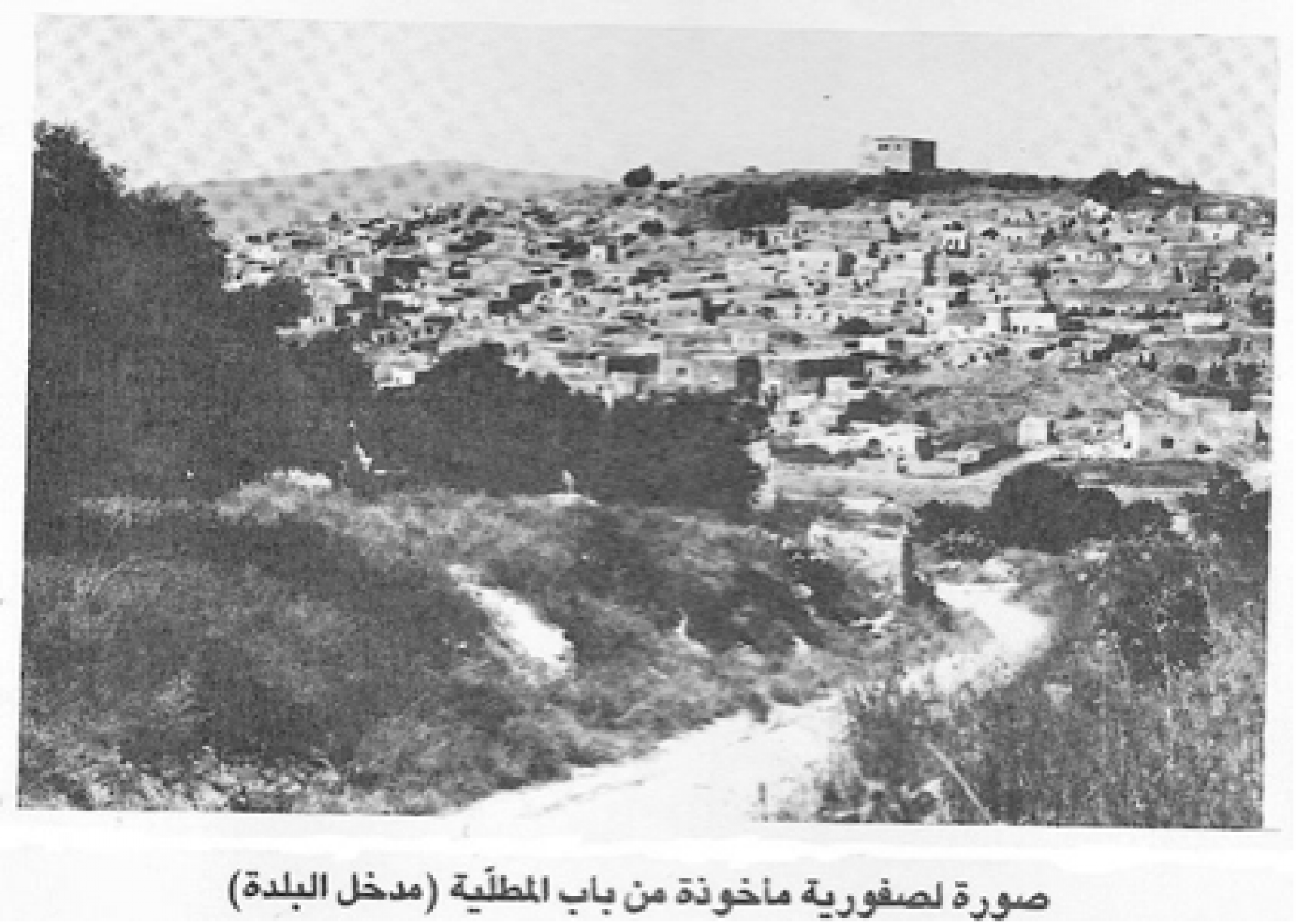Saffuriyya, Nazareth District – Displacement, Occupation and Expulsion
The village had been known for its fierce resistance since the 1930s, during the Great Palestinian Revolt. It was evident that the plan of the Zionist Establishment and the armed gangs to occupy it had been developed thoroughly to take care of that. According to Israeli historian Benny Morris, the villagers had fiercely resisted the advance of the Zionist gangs before their village was levelled with the ground and they were expelled.
He also mentions that the village strongly backed the Qawuqji soldiers, namely the Arab Salvation Army. However, the narrative of the residents of Saffuriyya about the incidents later did not fully match that of the Israelis. They actually told the Palestinian historian Nafez Nazzal that 3 Israeli fighter jets had bombed the village on the evening of 15 July, dropping barrels (loaded with explosives, metal shrapnel, nails and glass) that resulted in the killing of several villagers and injury of others, and caused many others to flee to the orchards and fields seeking safety. On their behalf, the mujahidun tried to resist and fought haphazardly, without any sense of organisation, each fending for their individual selves.
The battle ended in the morning, and many of those who had taken refuge in the orchards decided to head to the north or the east. The villagers said that a small group of people had stayed in the village, and that only a few of them were able to return to the village to collect their belongings. But the Israeli sources tell a different story. For example, Morris says that those who stayed had been expelled in September 1948 before hundreds of them returned in the following months. So, the Jewish authorities were concerned that if the infiltrators were to stay in the village, the number of the population will raise again to 400 people, just as it was prior the war, not to mention that the Jewish settlements adjacent to Saffuriyya were covetous of its lands.
In November 1948, a senior Settlement Officer stated that ‘there was a village in the vicinity of Nazareth... [and that their] settlements were in need of the remote lands. [The villagers] may be given another place’. According to Morris, the residents were carried in trucks in January 1949 and were driven back to the villages of Ilut, Rina, and Kafr Kanna. And in February, some of the village's land was granted to the kibbutz of ‘HaSolelim’. Morris says that the settlements of "Sde Nahum" and "Heftesia-Bah" have also acquired parts of the village's land.
The village today
Only a few houses continue to exit on the site now, including those of Abd al-Majid Suleiman’s and Ali's. The rest of the village, however, is covered by a forest by the ‘Jewish National Fund’ (Kakal). The castle of Zahir al-Omar still stands on top of the hill with its damaged walls. There is also a Greek Orthodox church. On the southern road leading to the village, there is a synagogue that once was a Muslim sanctuary. The agricultural settlement of Zibori, 3 km southeast of the village, was built on the village lands in 1949.
Images


